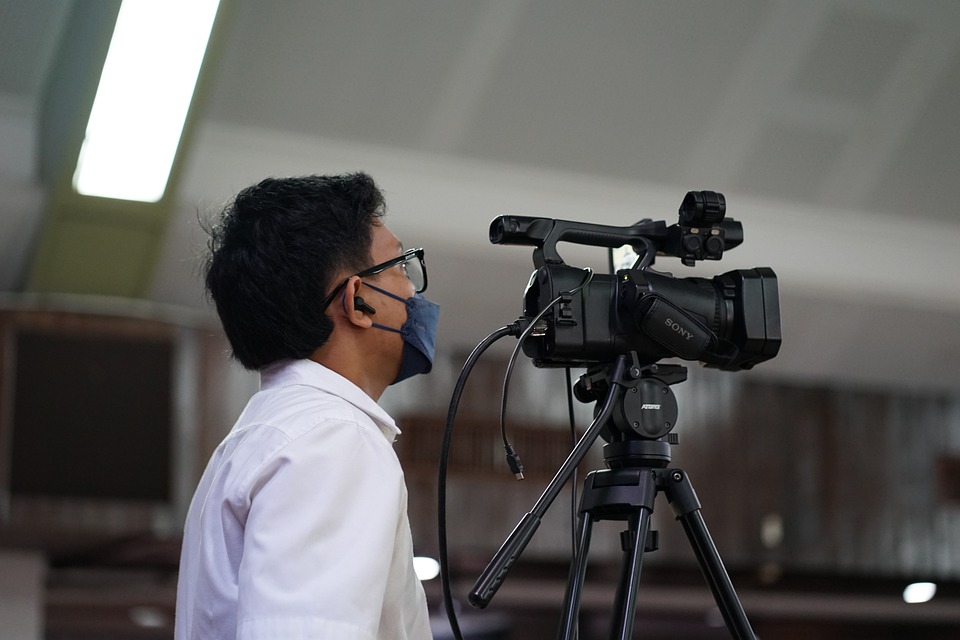Exploring the Evolution of Visual Effects in Film
Since the early days of film, visual effects have played a crucial role in creating immersive and realistic worlds on the big screen. From early practical effects to the cutting-edge CGI we see in modern blockbusters, visual effects have come a long way in shaping the way we experience movies.
The Early Days of Visual Effects
The very first visual effects in film were achieved through practical means, such as in-camera tricks, miniatures, and matte paintings. One of the earliest examples of visual effects in film can be seen in Georges Méliès’ 1902 film “A Trip to the Moon,” where the iconic image of a rocket landing in the eye of the moon was created using simple matte painting techniques.
As technology advanced, filmmakers began to experiment with more complex visual effects, such as stop-motion animation and rear projection. In the 1930s and 1940s, films like “King Kong” and “Citizen Kane” pushed the boundaries of what was possible with visual effects, setting the stage for the evolution to come.
The Birth of CGI
The real revolution in visual effects came with the advent of computer-generated imagery (CGI) in the 1970s and 1980s. Films like “Tron” and “The Last Starfighter” were among the first to use CGI to create realistic and fantastical worlds on screen. But it wasn’t until the release of James Cameron’s “The Abyss” in 1989 that CGI truly came into its own, with groundbreaking visual effects that seamlessly blended live action footage with computer-generated elements.
Throughout the 1990s and early 2000s, CGI became increasingly prevalent in film, with blockbusters like “Jurassic Park,” “Toy Story,” and “The Matrix” pushing the boundaries of what was possible with digital effects. These films paved the way for a new era of filmmaking, where visual effects were no longer just a tool for creating fantastical worlds, but an integral part of the storytelling process.
The Rise of Motion Capture and Performance Capture
As CGI technology continued to advance, filmmakers began experimenting with new techniques to create more realistic and lifelike characters on screen. One of the most revolutionary advancements in this area was motion capture, which records the movements of actors and translates them into digital characters.
Films like “The Lord of the Rings” trilogy and “Avatar” showcased the power of motion capture technology, allowing for more immersive and emotionally resonant performances from digital characters. Performance capture, a variation of motion capture that captures not only the movements but also the facial expressions and emotions of actors, further advanced the possibilities of creating realistic digital characters on screen.
The Future of Visual Effects
As technology continues to evolve, the future of visual effects in film looks brighter than ever. With advancements in virtual reality, augmented reality, and real-time rendering, filmmakers have more tools at their disposal than ever before to create truly immersive and interactive experiences for audiences.
Films like “Blade Runner 2049” and “The Jungle Book” have already pushed the boundaries of what is possible with visual effects, blurring the lines between reality and fantasy in ways that were once thought impossible. As CGI technology continues to improve, we can expect to see even more lifelike and detailed digital characters in the future, further blurring the lines between reality and fiction.
In conclusion, the evolution of visual effects in film has been a long and exciting journey, from the early practical effects of the silent film era to the cutting-edge CGI of today. As technology continues to advance, filmmakers will have more tools at their disposal than ever before to create immersive and realistic worlds on screen. The future of visual effects in film is a bright and exciting one, and we can’t wait to see where it takes us next.
